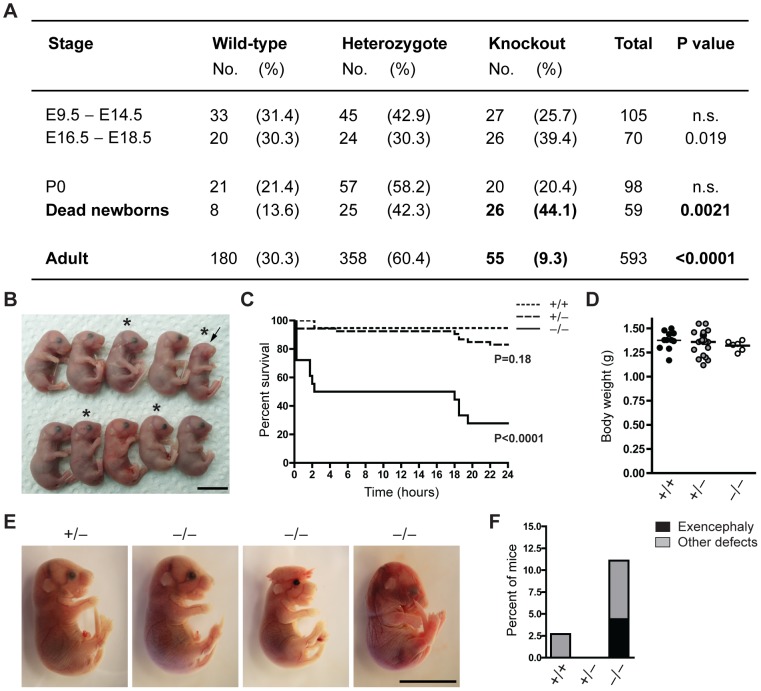Figure 1. The majority of Jarid1b knockouts die within the first day after birth.
(A) The number of Jarid1b wild-type, heterozygous and knockout mice is presented for the indicated stages. P0 refers to pups immediately after caesarian delivery. Dead newborns are pups that were found dead after natural birth (total number of pups examined n = 649; Note that dead pups are often cannibalized by the mothers, and thus the numbers present an underestimation). P values were calculated using a Chi-square test. (B) Litter obtained from Jarid1b heterozygotes immediately after caesarean delivery. Asterics indicate Jarid1b knockout pups. Note that the Jarid1b knockout pup marked by an arrow lacks eyes. (C) Survival curve of Jarid1b wild-type (n = 19), heterozygous (n = 54) and knockout (n = 18) pups during the first day after caesarean delivery. (D) Body weight of newborns. (E) Examples of E18.5 embryos with indicated genotypes. While the left knockout embryo appears normal, the second shows exencephaly while the third one has heterogeneous defects. (F) Frequency of Jarid1b wild-type (n = 37), heterozygous (n = 83) and knockout (n = 50) pups and late embryos that develop exencephaly or other heterogeneous defects. Scale bars, 1 cm.

